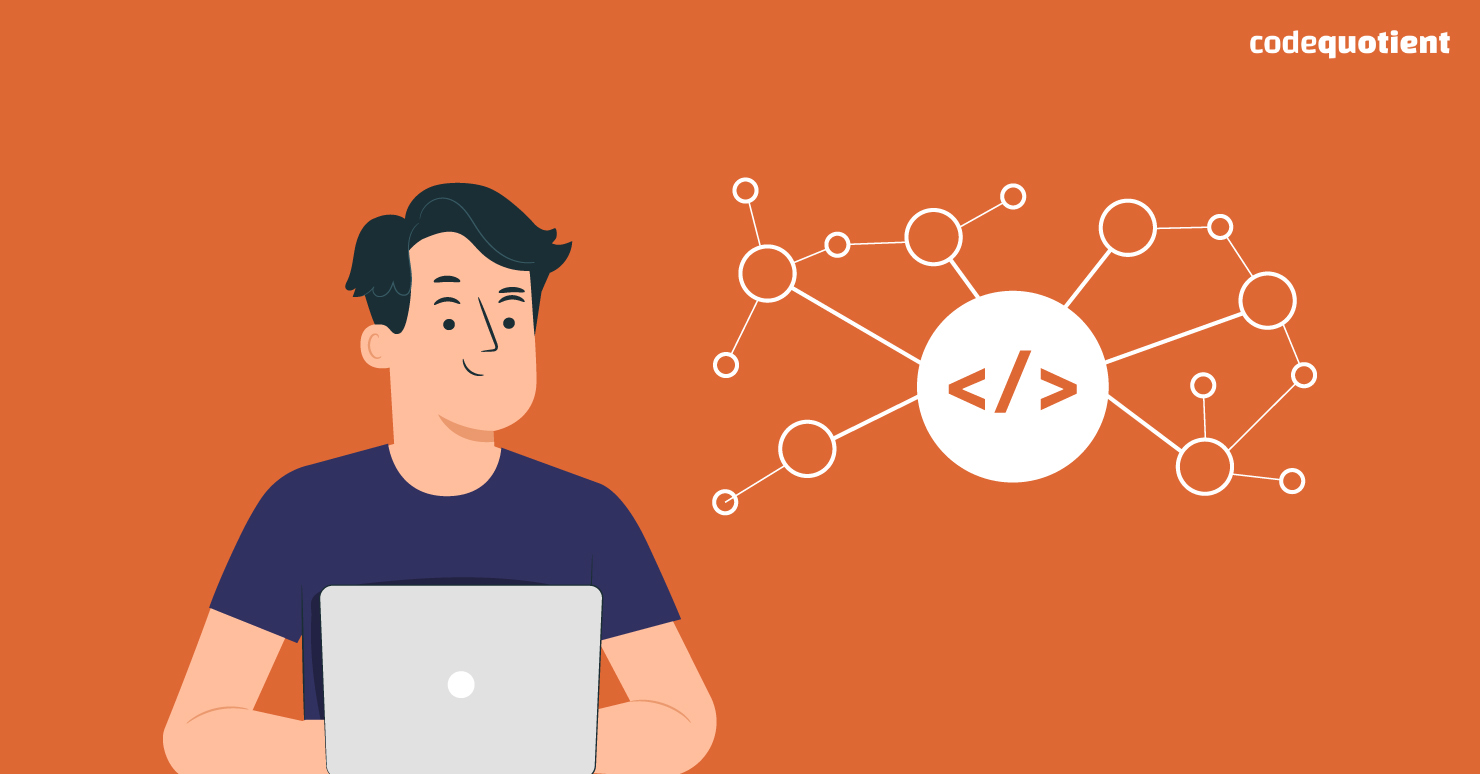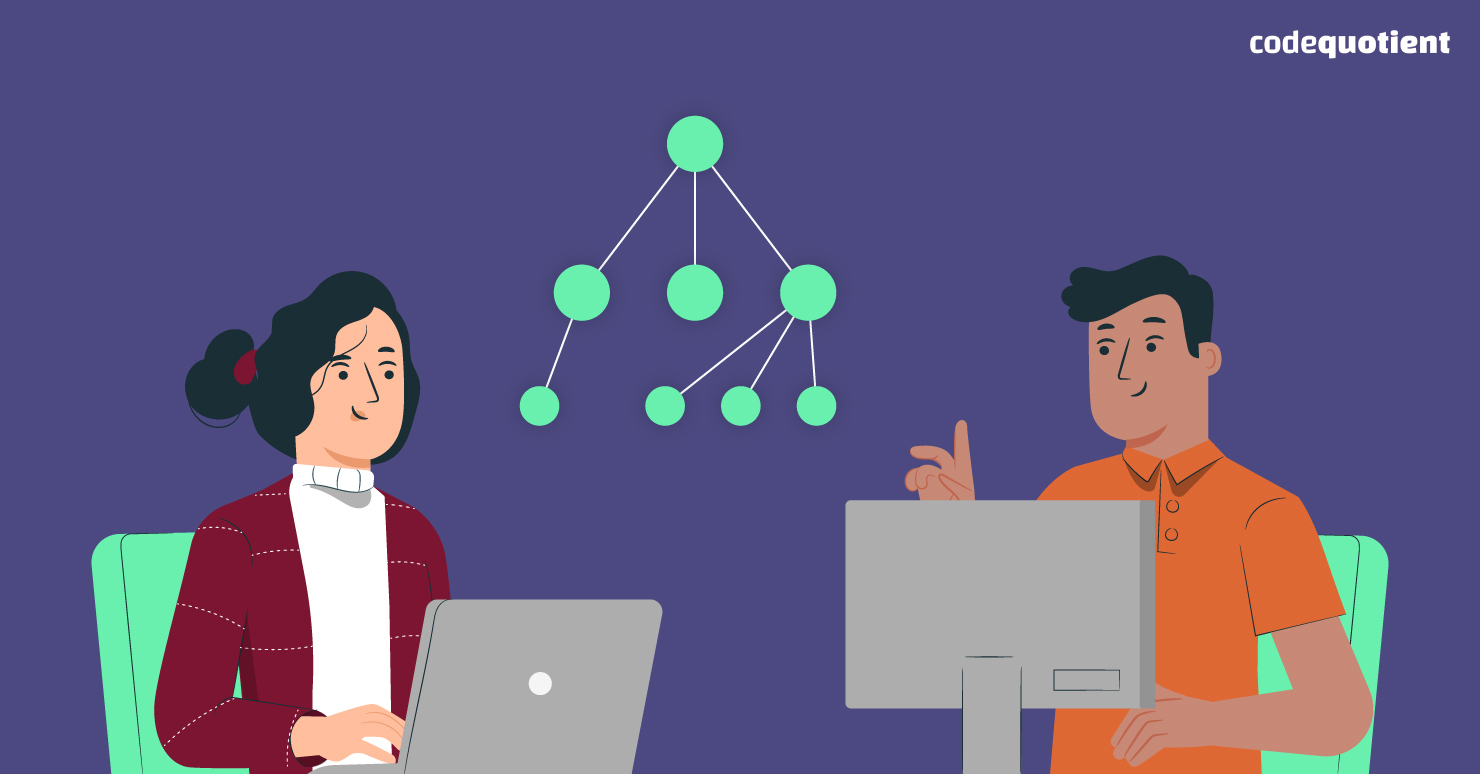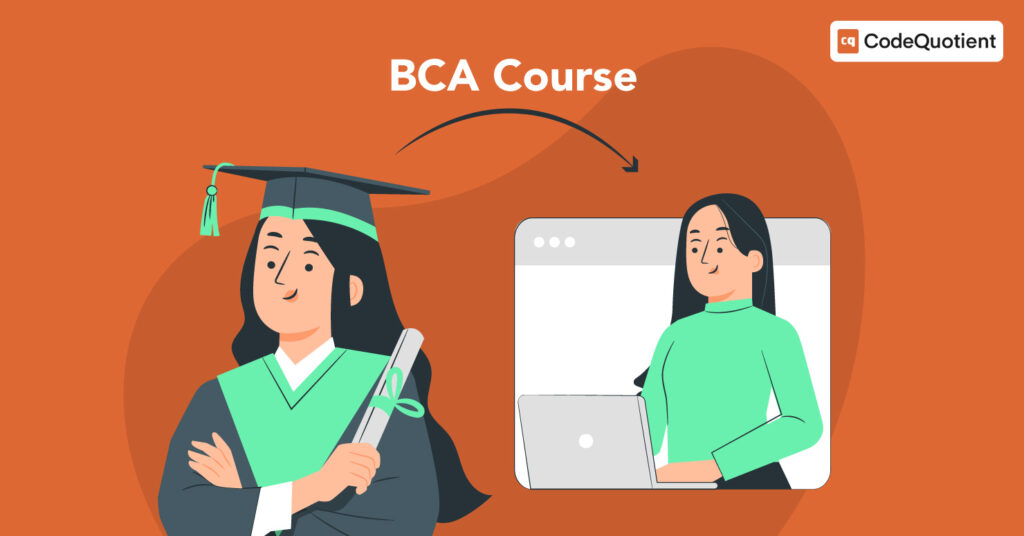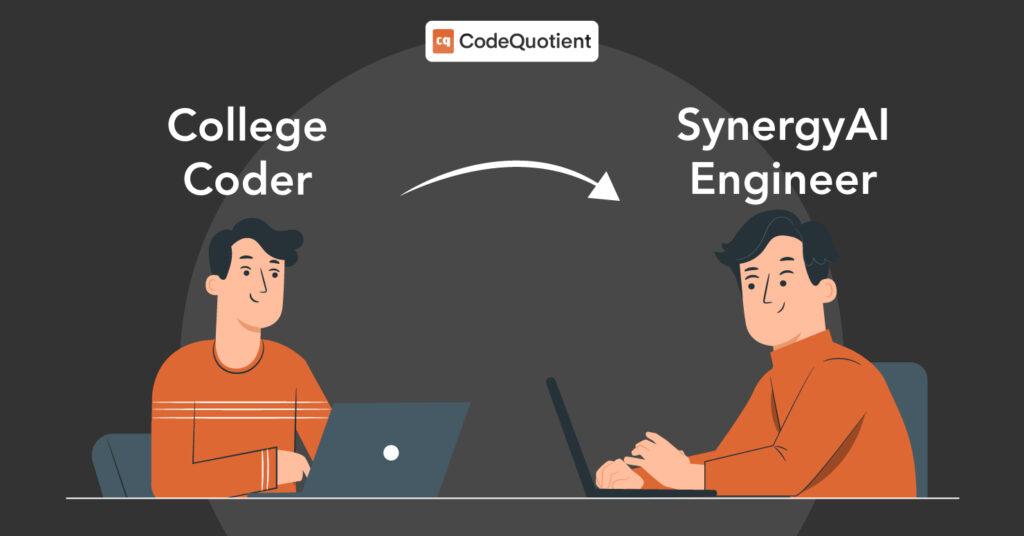If you are aiming to become a programmer or data scientist, especially in big tech companies, one thing that you need to master is DSA which stands for Data Structures and Algorithms. Though it might not have a direct application on coding, a good knowledge of DSA ensures efficiency in the software development process. It helps a programmer adopt a logical approach to understanding and solving a problem.
Most companies focus on DSA to assess the candidate’s abilities. This article explores DSA, why it is crucial for your coding career, and how you can prepare for the interview process.
What Are Data Structures and Algorithms? Why Is DSA Important for a Coding Career?

Data Structure refers to the organisation of data in well-defined structures; for example, tabular data representation or number sequences. An algorithm is a stepwise sequence that yields the desired output.
Combined together, data structures and algorithms (DSA) are used to build computer programs. A good knowledge of DSA allows you to build optimised and efficient code besides problem-solving.
Although data structures and algorithms might not have a direct application in your job, mastering the topic will help you adapt better approaches to problem-solving.
Why Do Companies Focus On DSA in Interviews?
Knowledge of data structures and algorithms ensures the efficiency of a programmer. It is a fundamental coding concept and hence is a preferred skill by job seekers in most companies.
Usually, companies test a candidate’s knowledge of DSA at two levels – online screening and personal interviews. The difficulty level at both these levels varies as online screening filters the candidates. In personal interviews (or PI rounds), interviewers dive deeper to assess the shortlisted candidates’ cognitive abilities along with problem-solving, coding, and debugging skills.
However, the second interview stage (personal interview) is focused more on assessing a candidate’s approach toward solving the problem rather than the final output. Here are some reasons why companies prefer testing a candidate’s DSA knowledge:
- A good understanding of DSA concepts helps deduce problem statements and create logical solutions.
- DSA helps in writing optimised code at a fast pace.
- Despite the evolving technological space and emergence of new tech stacks, DSA remains a fundamental concept in programming.
How to Prepare for DSA Interviews?
Since DSA helps one become a better programmer, it opens up the path of becoming a data or computer scientist, especially in big tech companies. A stage-wise plan that ensures your learning is progressive and goal-oriented would help. Thus, your DSA interview study model can be something like this:
Stage 1: Back to Basics
First, start with revisiting the basics of DSA and focus on solving a set number of problems. You should be able to write 20-30 codes without errors after practising about 100 problems. In the process, you might end up running into common errors and will have to google syntax lookups frequently. The important topics to learn in this stage include the following:
- Logic building
- Collections 101
- Array
- Sorting
- Space and time complexity
You can also go through the common coding interview questions. Overall, you can devote around 100-150 hours of focused learning in this stage to build a strong base of knowledge in fundamentals.
Stage 2: Expand Your Knowledge
Start with commonly asked questions of medium difficulty in Leetcode. After practising 100-150 such problems, you should be able to come up with multiple solutions to a problem, be familiar with common syntax errors, and would have improved your coding and debugging skills. You can devote about 150-200 hours of focussed practice in this stage, focusing on the following:
- Writing graph traversals with 10 minutes
- Implementation of Stack, Queue, Hash, BST, and Tree
- Application of BST, Tree, Heap, and Graph
- BFS (Breadth for Search)
- DFS (Depth for Search)
Stage 3: Polish Your Skills
In this stage, all you need to do is to practise more and increase your coding speed. Try solving a wide variety of problems to avoid getting stuck when you encounter an unfamiliar question during the interview. Additionally, you can focus on improving your knowledge about the following topics:
- DP memoization
- DP tabulations
- Knapsack
- Advanced recursion
- Backtracking
- Greedy method
- Topological sort
- Graph partitioning
- Spanning-tree
- Shortest path
Above all, reading good codes would help you a lot in writing better codes and solving problems.
Final Word
Now that you understand the importance of data structures and algorithms for a coder, you can begin to improve your skill set. Practise more and more with set goals. Try experimenting with different patterns of problem-solving, establish familiarity with problems and see if you can crack a similar kind of problem which you have solved already, and you will be all set to face your job interview.
If you want to start your career as a programmer or are willing to upgrade from your current position, check out CodeQuotient Academy’s online programming courses.
For more learning resources, visit Fixing The Bug.




